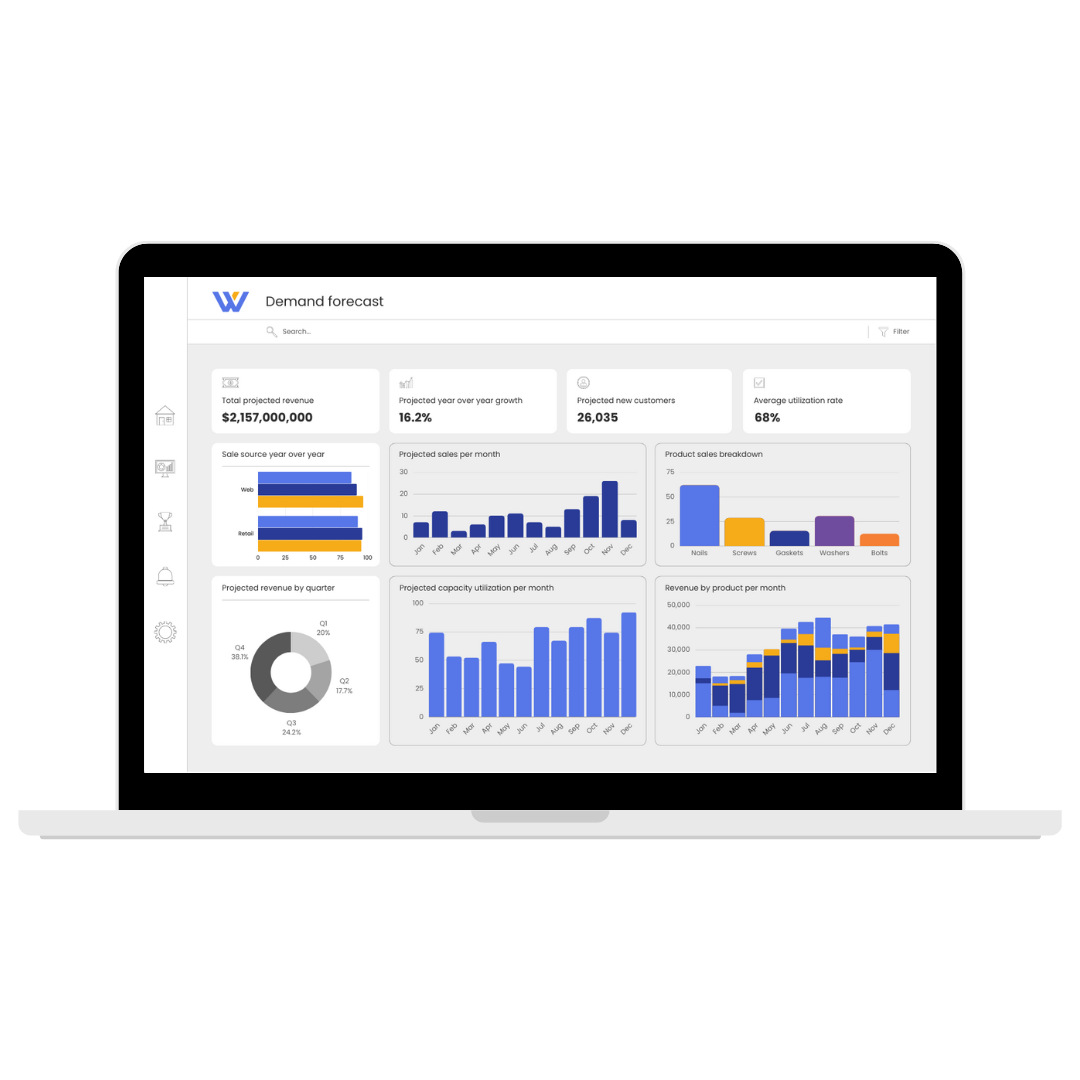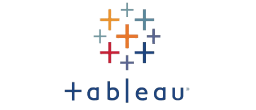Make Faster, More Accurate Decisions with BI Reporting and Visualizations
Business intelligence (BI) reporting and visualizations streamline data interpretation by unlocking previously hidden insights and optimizing the decision-making process. At Wavicle, we strategically align data visualizations with business goals, craft robust BI reports, ensure a positive user experience through intuitive UI/UX design, and empower businesses with actionable insights.
With expertise across many BI tools, including Tableau, Power BI, and Amazon QuickSight, we enable businesses to identify new opportunities, optimize operations, and improve overall performance. Reach out to our team to learn more.






